If you're looking for an easy pasta recipe that delivers big flavors and rustic old appear, our Spaghetti with Tomato, Garlic, and Anchovy Sauce has got you covered. In this recipe, we're using super simple pantry staples to create a dish that's both delicious and delightfully straightforward to prepare.
Picture this: plump, perfectly cooked spaghetti strands enveloped in a velvety tomato sauce, where the vibrant notes of crushed tomatoes intermingle with the rich umami flavors of anchovies and the warmth of golden brown garlic. Similar to pasta puttanesca, this recipe a rustic combination that defines comfort and taste, delivering a satisfying experience in every bite. With just a handful of ingredients, and a couple of minutes of prep, this recipe proves that big flavors can be achieved with minimal effort.
The beauty of this dish lies not only in its rich flavor profile but also in its versatility. It's a great way to elevate your pasta dishes without spending hours in the kitchen. The harmonious blend of pantry staples transforms into a sauce that's equally at home on a busy weeknight or as the star of a cozy weekend gathering.
As the fragrant sauce simmers to perfection, consider pairing your Spaghetti with Tomato, Garlic, and Anchovy Sauce with garlic bread or crisp breadsticks - ideal for soaking up every bit of that luscious sauce. And for those who appreciate the art of wine pairing, a glass of red wine will enhance the experience of the blissfully simple pasta dish.
Read on for an ingredient checklist, pairing suggestions, and some key variations to help make this recipe your own.
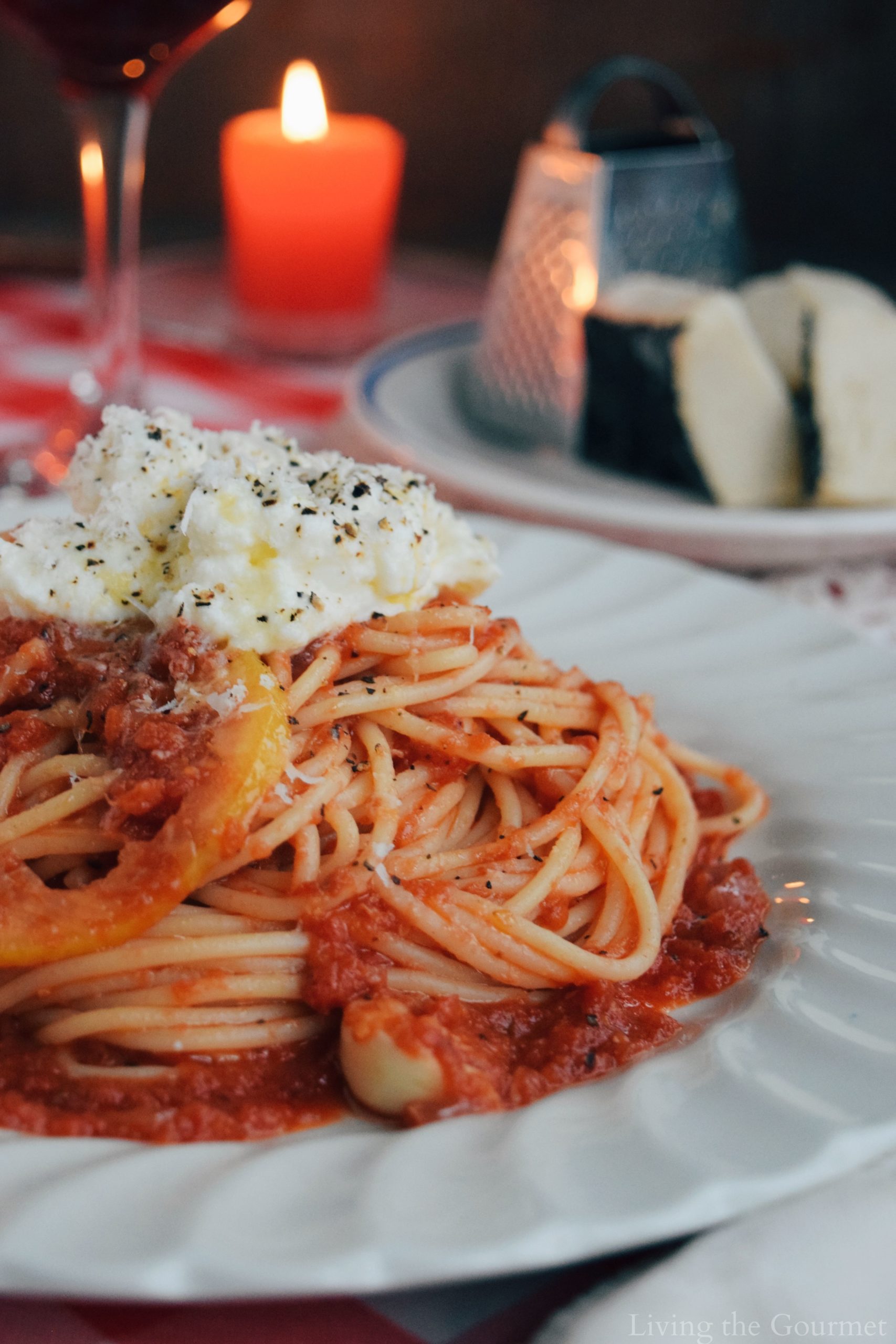
Ingredient Checklist - Everything You'll Need
- 28 oz. can of crushed tomatoes
- Notes: Opt for high-quality canned crushed tomatoes for the best flavor.
- Tips: Look for crushed tomatoes without added seasonings or herbs for better control over the sauce's flavor profile.
- 6 - 8 garlic cloves, crushed
- Notes: Use fresh, full garlic cloves for optimal flavor.
- Tips: Adjust the quantity of garlic based on your preference for garlic intensity.
- Idea: Consider sautéing the garlic cloves in garlic oil for enhanced garlicy flavor.
- 1 medium red onion, thinly sliced
- Notes: Choose a sweet red onion for balanced sweetness in the sauce.
- Tips: Slicing the onion thinly ensures even distribution of flavor.
- 2 oz. can of anchovy fillets in olive oil
- Notes: Whole anchovies add depth and umami to the sauce.
- Tips: If you prefer a milder flavor, reduce the number of anchovies.
- Substitution (1): For anchovy pasta recipes such as this one, anchovy paste substitutes at a rate of about 1 teaspoon per 2 to 3 fillets. However, do note that anchovy paste is quite salty, so you might want to account for this in the recipe.
- Substitution (2): If you don't like the fishy taste of anchovies, you can use capers instead to achieve a similar 'brine flavor' but without the fishiness.
- 4 - 5 lemon slices with zest
- Notes: Lemon zest adds a bright, citrusy aroma. Fresh lemon juice can be added if your prefer more lemon flavor, or higher acidity in your pasta.
- Tips: Use a microplane grater to zest the lemon for fine and even zest.
- ¼ cup fresh grated Parmesan or Romano cheese
- Notes: Freshly grated cheese offers superior flavor compared to pre-packaged.
- Tips: Adjust the cheese amount to your taste preference.
- 1½ tsp. salt
- Notes: Use kosher or sea salt for seasoning.
- Tips: Start with a smaller amount of salt and adjust as needed. A pinch of salt goes a long way when combined with anchovies.
- 1 tsp. fresh ground black pepper
- Notes: Freshly ground black pepper enhances the sauce's aroma.
- Tips: Grind the pepper just before adding for the best flavor.
- ½ tsp. red pepper flakes
- Notes: A pinch of red pepper flakes add a subtle heat.
- Tips: Customize the level of spiciness by adjusting the amount of red pepper flakes.
- Substitution: Your preferred type of chili flakes can stand in nicely, or even a pinch of cayenne if you prefer a spicier sauce.
- 1 tsp. dried oregano
- Notes: Dried oregano contributes to the sauce's Mediterranean flavor.
- Tips: Crush the dried oregano between your palms before adding to release its aroma.
- ½ tsp. sugar
- Notes: A touch of sugar balances the acidity of the tomatoes.
- Tips: Adjust the sugar amount to taste, if necessary.
- 2 - 3 tbs. extra-virgin olive oil
- Notes: High-quality olive oil enhances the dish's richness.
- Tips: Choose a fruity and robust extra-virgin olive oil for the best results.
- Ricotta cheese
- Notes: Ricotta adds a creamy and tangy finish.
- Tips: Opt for fresh ricotta for optimal flavor and texture.
- 1 lb. your favorite type of pasta
- Notes: Choose a pasta shape that holds the sauce well, such as spaghetti or linguine.
- Tips: Cook the pasta until al dente for the best texture.
- Substitution: Your pasta of choice, cooked to the package instructions, there really is no 'wrong' answer to this one.
- 2 - 3 tbs. extra-virgin olive oil (for drizzling)
- Notes: Drizzling olive oil before serving adds richness and a glossy finish.
- Tips: Use the same high-quality olive oil used in the sauce for consistency.
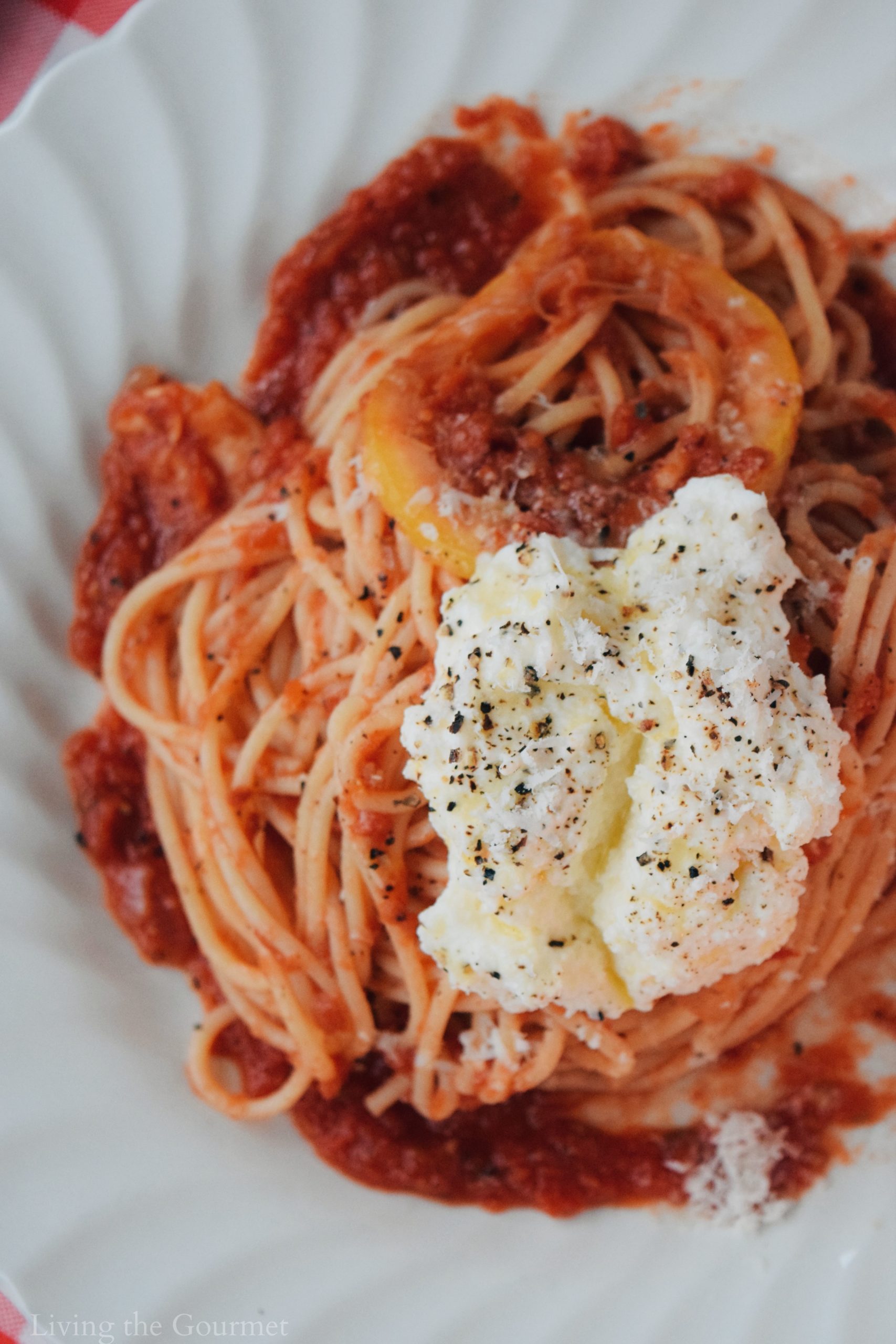
Pairing Suggestions - Making the Meal Complete
- Garlic Bread: A classic choice that complements the bold flavors of the pasta. Spread a slice of toasted garlic bread with butter or olive oil for an irresistible side.
- Bruschetta: Top toasted baguette slices with a mixture of diced tomatoes, fresh basil, garlic, and a drizzle of extra-virgin olive oil. The vibrant and tangy bruschetta balances the richness of the pasta.
- Side Salad: A crisp and refreshing side salad brings a burst of freshness to the meal. Opt for a simple arugula salad with lemon vinaigrette, or a Mediterranean-style salad with cucumbers, red onions, and feta cheese.
- Sauteed Vegetables: Sautéed spinach, broccoli, or asparagus make for nutritious and flavorful sides. Lightly season the vegetables with salt, pepper, and a hint of lemon zest to harmonize with the pasta's flavors.
- Roasted Cherry Tomatoes: Roast cherry tomatoes with a drizzle of olive oil, salt, and a sprinkle of fresh thyme. The roasted tomatoes add bursts of sweetness that complement the savory pasta.
- Wine Pairing: A glass of red wine, such as a light Pinot Noir or a Chianti, pairs beautifully with the umami notes of the anchovies and the rich tomato sauce.
- Herbed Focaccia: Serve a slice of herbed focaccia alongside the pasta for a satisfying combination of textures and flavors.
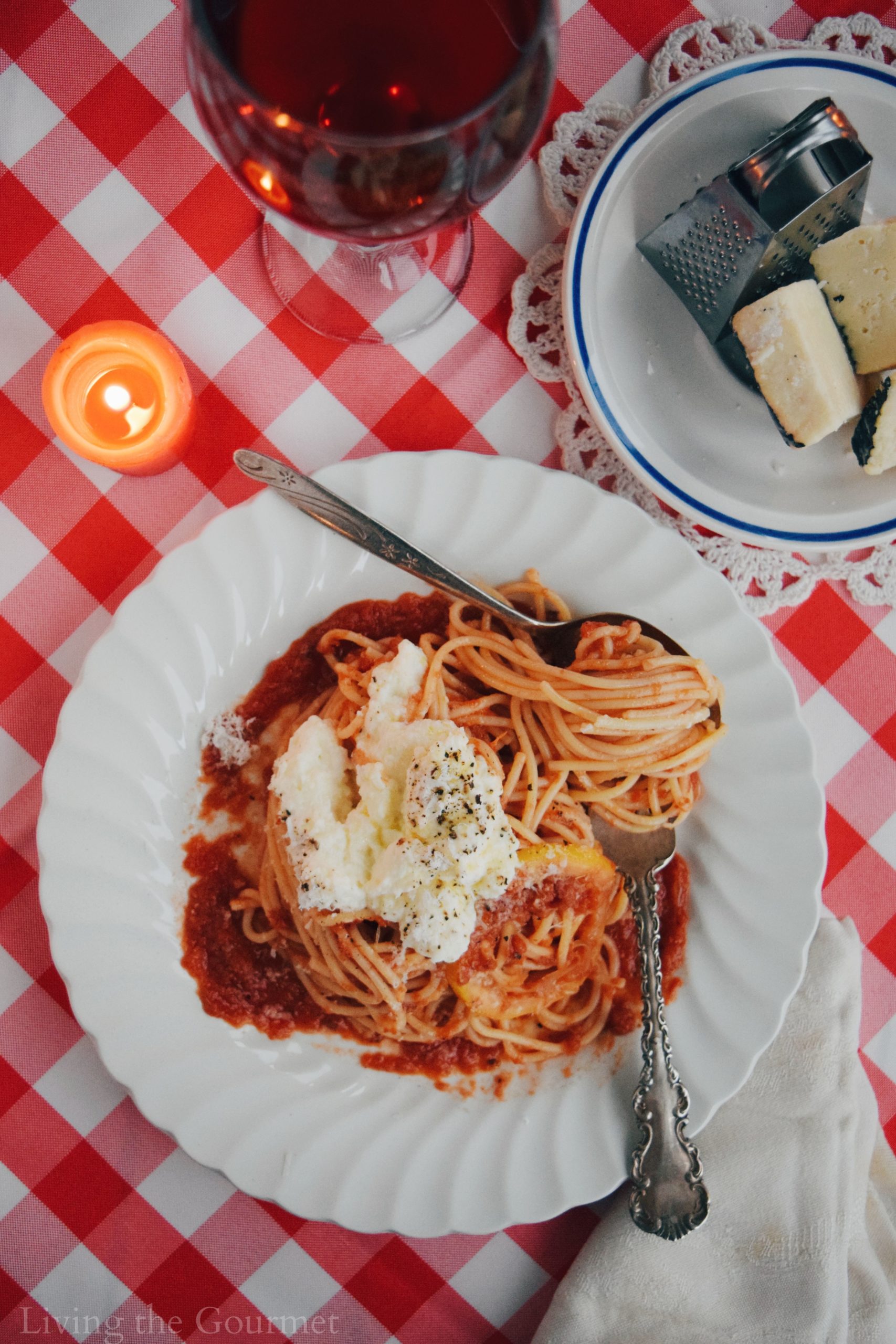
Variations - Getting Creative
- Lemon Zest Infusion:
Stir in 1 teaspoon of freshly grated lemon zest into the sauce. The citrusy brightness of lemon zest will provide a refreshing contrast to the rich flavors of the sauce. It adds a zesty aroma and a touch of tanginess that pairs beautifully with the anchovies. - Nutty Crunch with Pine Nuts:
Toast about 2 tablespoons of pine nuts until golden brown and sprinkle them over the finished pasta. The toasted pine nuts bring a delightful crunch and a nutty undertone to each bite, enhancing both texture and flavor. - Creamy Anchovy Alfredo:
For a luxurious twist, blend ½ cup of heavy cream into the tomato sauce while simmering. This creates a creamy and velvety texture that complements the salty umami of the anchovies. Finish with freshly grated Parmesan cheese for added richness. - Spicy Arrabbiata Style:
If you're a fan of heat, increase the amount of red pepper flakes to 1 teaspoon or more. This will transform the dish into a spicy Arrabbiata-style pasta. The extra chili kick will balance out the savory flavors and give the dish an exciting edge. - Capers and Olives Medley:
To add a briny and slightly tangy twist to the classic recipe, consider incorporating capers and kalamata olives. This variation introduces the bold flavors of these two ingredients, enhancing the complexity of the dish. For this variation, consider fresh herbs such as fresh parsley and fresh basil.
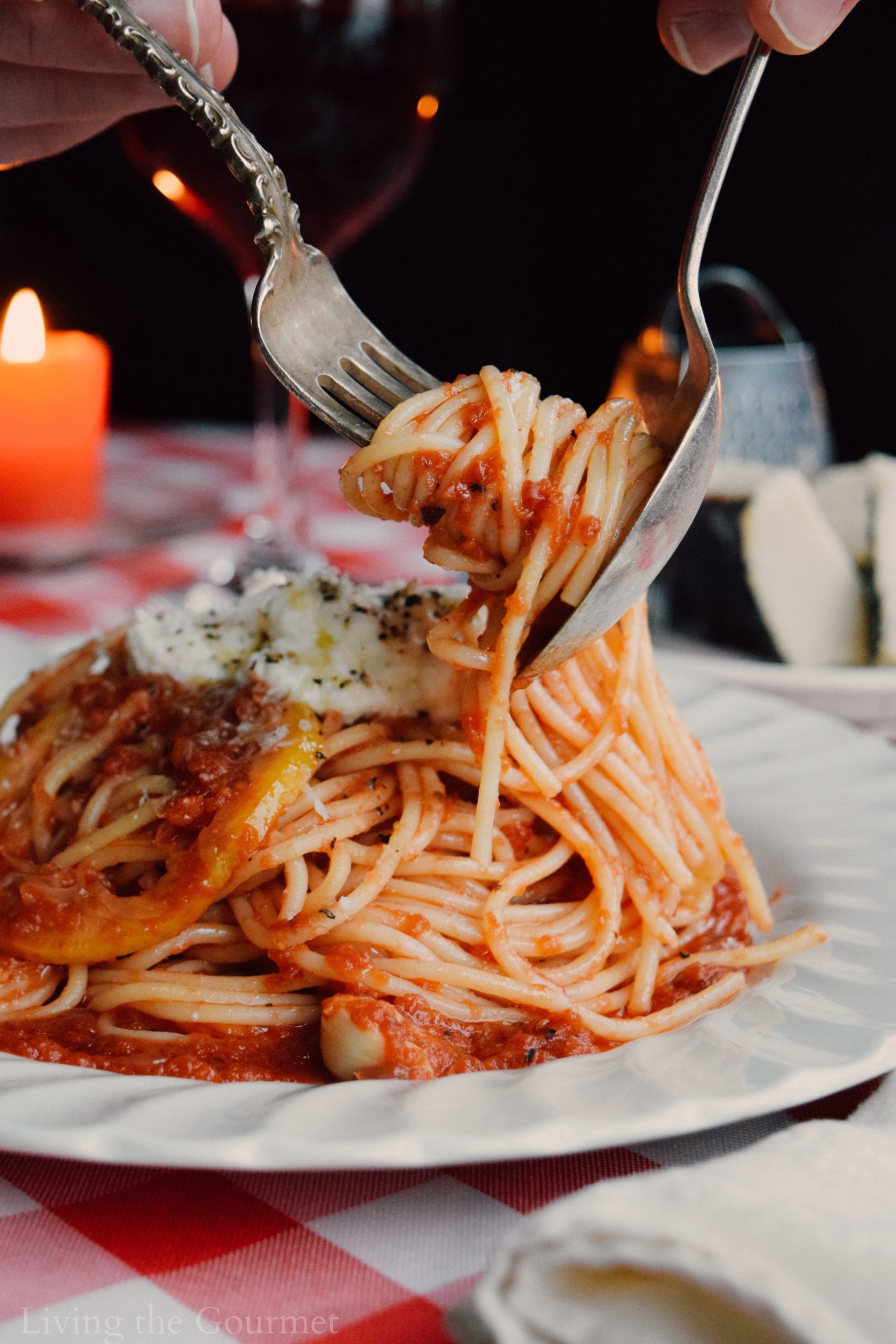
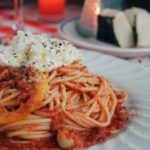
Spaghetti with Tomato, Garlic, and Anchovy Sauce
- Total Time: 30 minutes
- Yield: 4 1x
Ingredients
- 28 oz. can of crushed tomatoes
- 6 - 8 cloves of garlic - crushed
- 1 medium red onion - sliced thin
- 2 oz. can of anchovies - in olive oil
- 4 - 5 lemon slices with rind
- 1/4 cup fresh grated Parmesan or Romano cheese
- 1 1/2 tsp. salt
- 1 tsp. fresh ground black pepper
- 1/2 tsp. red pepper flakes
- 1 tsp. dried oregano
- 1/2 tsp. sugar
- 2 - 3 tbs. olive oil
- Ricotta cheese
- 1 lb. your favorite pasta
- 2 - 3 tbs. olive oil - more for drizzling
Instructions
- Heat a large cast iron frying pan with a drizzle of olive oil.
- Add the crushed garlic and sliced onion and sauté until the garlic is fragrant.
- Add the anchovies with the oil and smash with a fork.
- Add the seasonings, except the sugar, to the pan.
- Add the lemon slices and sauté for a minute or two.
- Add the crushed tomato and the sugar.
- Add the grated cheese to the sauce.
- Simmer on a gentle heat while preparing the pasta as directed, please make sure the water for the pasta is well salted.
- Add a three or four tbs. of the salted water for the pasta to the sauce.
- Taste the sauce for seasonings.
- Drain the pasta then toss the pasta with the sauce.
- Serve with a tablespoon of ricotta cheese on top of the pasta, a drizzle of olive oil, fresh ground black pepper and fresh grated Romano or Parmesan cheese.
- Prep Time: 10 minutes
- Cook Time: 20 minutes
Nutrition
- Serving Size: 1
And that's are our Spaghetti with Tomato, Garlic, and Anchovy Sauce.
If you enjoyed this post, be sure to follow us on Newsbreak and MSN for even more great recipes and articles.
As always, if you have any questions or suggestions, be sure to let us know in the comments below, we always love hearing from you.
Happy Cooking!
6

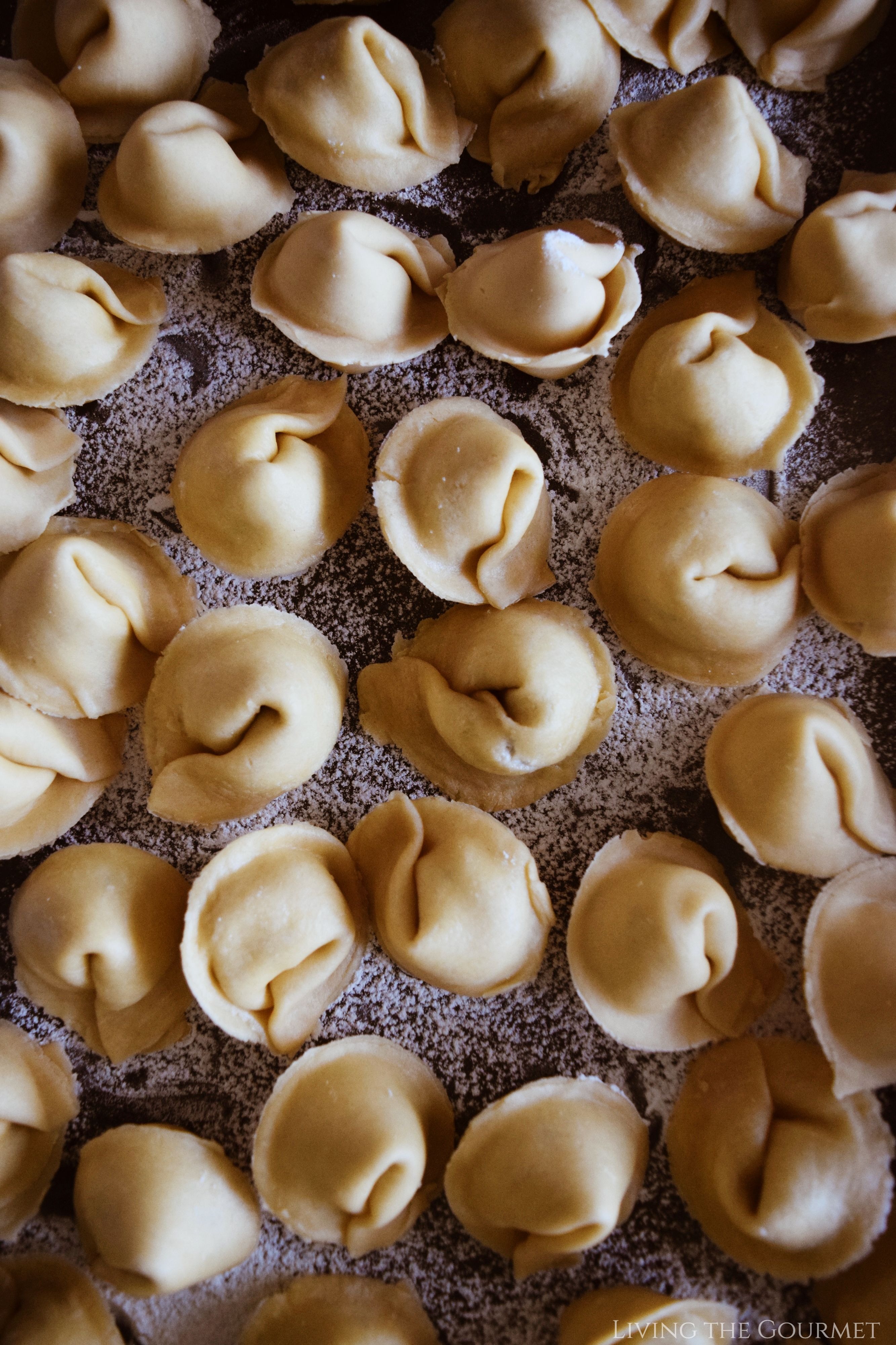
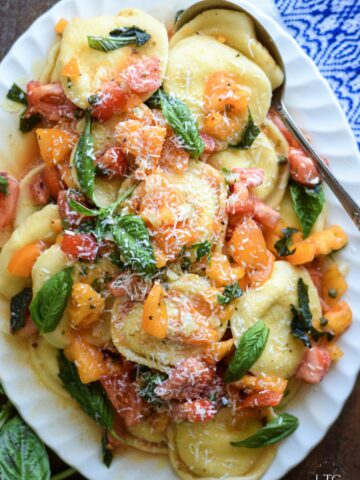
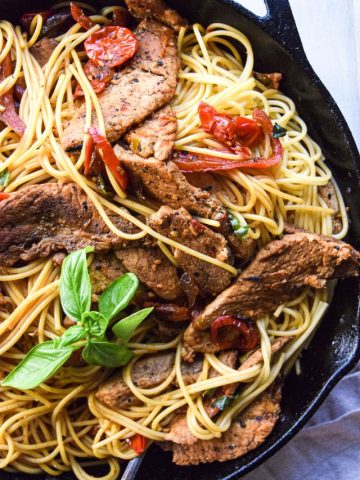
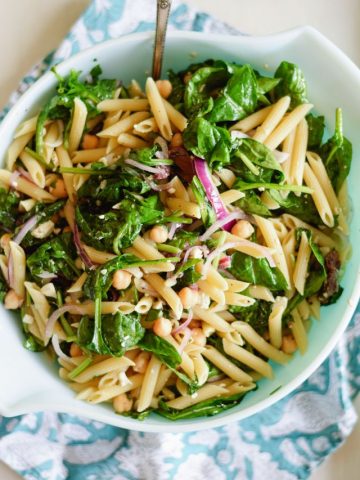
angiesrecipes says
A simple yet very flavourful and comforting meal!
Catherine Pappas says
Thank you dear Angie. I so enjoy meals like this. xoxo
DAVID J MYERS says
Catherine, I will admit that I've never had spaghetti with an anchovy sauce... Why not, probably because I usually go for spaghetti with meat sauce or meatballs or spicy Italian sausage, usually some combination of these 3 items. Why not anchovies though? Good question as I do like a quality Caesar salad and it doesn't measure up if anchovies are left out or you can barely taste them. Something new to try... Thanks! Stay Safe and Take Care, Big Daddy Dave
Yeah Lifestyle says
Such a simple dish but I bet this tasted amazing! I love rustic dishes like this so can't wait to try making this at home using your recipe
Catherine Pappas says
Thank you. I hope that you enjoy it. I love meals like this too. It is just comforting. xo
Oh to Be a Muse says
Pasta is an absolute favorite. Great tip on undercooking the noodles!
Catherine Pappas says
I love all things pasta. Thank you for visiting and taking the time to write. xo
MELANIE EDJOURIAN says
I always make sure my pasta is firm or al dente. Tomato sauce is yummy. It's one of our favourite toppings for pasta. I have made it with anchovies once before.
Catherine Pappas says
I love the flavor of the anchovies in my sauce. I hope that you enjoy this recipe if you give it a try. Thank you always for visiting and taking the time to write. xo
Jay Aguirre says
Yum this sounds like a great recipe! I would love to try this someday. Never really thought of using anchovies in my spaghetti sauce!
Catherine Pappas says
I hope that you enjoy it Jay if you give the recipe a try. Thank you for visiting and taking the time to write. xo
Cristina Petrini says
As an Italian, can I tell you something? I feel like licking my mustache! Yummy they are delicious what an interesting recipe!
Catherine Pappas says
Thank you for your kind comments Cristina. Thank you for visiting and taking the time to write. xo
Cristina Petrini says
Always elegant even in the face of a casual look, your choices are really very delicate and fine. Are beautiful!
Catherine Pappas says
Thank you Cristina. xo
Melissa Dixon says
I have never been brave enough to try anchovies in the past but this actually sounds really good. I have heard so many great things about the benefits of anchovies so I have always been curious but now I have to try them out. Thanks for sharing this yummy looking recipe.
Catherine Pappas says
Dear Melissa, I think anchovies are either liked or not. I happen to love the flavor that is added with anchovies. I have heard of the benefits of anchovies also, so to me it is the great flavor and the benefits are a win, win. Please let me know how you like the anchovies in the sauce if you give this recipe a try. I hope that you enjoy it. xoxo
Lisa says
Being in Italy, this is one of our staple dishes! I like the look of your recipe, I will compare it to our nonno’s!
Catherine Pappas says
Dear Lisa, Thank you for your kind words. I hope that your Nonno likes my recipe. That would be so nice. xoxo
Jasmine Hewitt says
perfect timing, i was planning on making Italian tonight! I'm gonna try this recipe
Catherine Pappas says
Oh, Jasmine. I hope that you enjoy this recipe if you give it a try. I know that anchovies are something you either like or not. I hope that you enjoy this. Please let me know. xo
Melissa cushing says
This pasta dish looks and sounds amazing! I am pinning this one to make for my own family as they will just adore this delicious sauce with the anchovies 🙂
Catherine Pappas says
Oh, Melissa, thank you. I hope that you and your family enjoy this recipe. So glad to hear that they like anchovies. It is something you either love or not. xoxo
Amary says
this looks so good, pasta is an dish we eat often I will try this out, hope I get it right.
Catherine Pappas says
Thank you Amary for giving this dish a try. I hope that you enjoy it. Please let me know. xoxo
Everything Enchanting says
Oh yum! I love spaghetti so much ❤️ I'll have to try out your recipe soon, it looks so delicious 😍
Uncle Jim says
Simply The Best - Thank you Catherine for such a fine recipe! I've been making different versions of Pasta Sauce for about 50 years and this one get's the Gold Medal and will be my staple going forward. I used the garlic as well as garlic anchovies and included a generous batch of meatballs. I found comments that you either love or hate the anchovies unfounded as there is little to no anchovy taste, just an incredible umami that elevates this sauce above all others, good work!